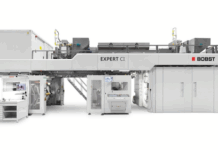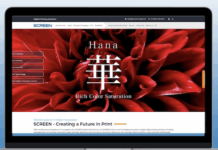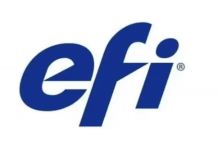Erwin Busselot, Director Business Innovation and Solutions, Ricoh Graphic Communications, Ricoh Europe, said the profound benefits of print on paper for children’s learning continues to be highlighted by research. The latest report, commissioned by the Norwegian Government into the use of screens by children, assessed that ‘screen use in kindergarten, school and leisure time affects their health, quality of life, learning and upbringing’.
Norway’s Screen Use Committee found students of all ages should be reading more on paper. It stated there is an important role for paper in education. It offers improved comprehension results compared to a screen. It can help reduce cognitive overload, which occurs when children are bombarded with too much information at once.
The report is not alone. Numerous others have confirmed how print helps:
Builds foundational literacy skills in young children: print on paper provides visual and tactile reinforcement. It enhances comprehension and retention compared to reading on digital screens. When children read physical books, their brains are more engaged in processing information, making it easier for them to grasp concepts and recall details. Print media in classrooms that is used to teach pre-reading skills and reading skills has a positive effect on reading ability development. Young learners also benefit from the tactile nature of paper, and the fact that printed books often feature larger fonts, simpler layouts, and illustrations that help them understand and follow along with the text.
Increases engagement: reading from paper means less likelihood of being distracted by pop-ups or hyperlinks. Paper allows children to become fully immersed in a story or lesson without the interruptions often associated with digital formats. It presents information in a structured and simplified way that promotes focused, uninterrupted learning.
Enhances comprehension: if a student spends 10 hours reading books on paper, their comprehension will likely be six to eight times greater than if they read on digital devices, an Italian study found. A 2024 meta-analysis of 49 studies found that students who read on paper consistently scored higher on comprehension tests than those who read the same material on screens.
Builds stronger brain connections: an MRI study found that children who spend more time reading books have stronger brain connections in areas related to language and cognitive control. Children who spend more time using screens show fewer of these connections.
Creates a sense of ownership: children who own their own books are six times more likely to read above the level expected for their age. They’re also nearly three times more likely to enjoy reading. Turning the pages of a book creates a sense of accomplishment and pride in their learning journey, a feeling that is often missing when the material is displayed on a screen.
Enables interaction: physically highlighting text, underlining important points, or drawing pictures in the margins helps solidify learning. These tactile experiences cannot be easily replicated on a screen and contribute to a more dynamic and personalised learning experience.
Despite the rise of digital media, research continues to highlight the formative benefits of print on paper in children’s learning. Whether it’s a textbook, a picture book, or handouts for classroom activities, printed material should still play a vital role in how children learn, comprehend, and retain information.




















